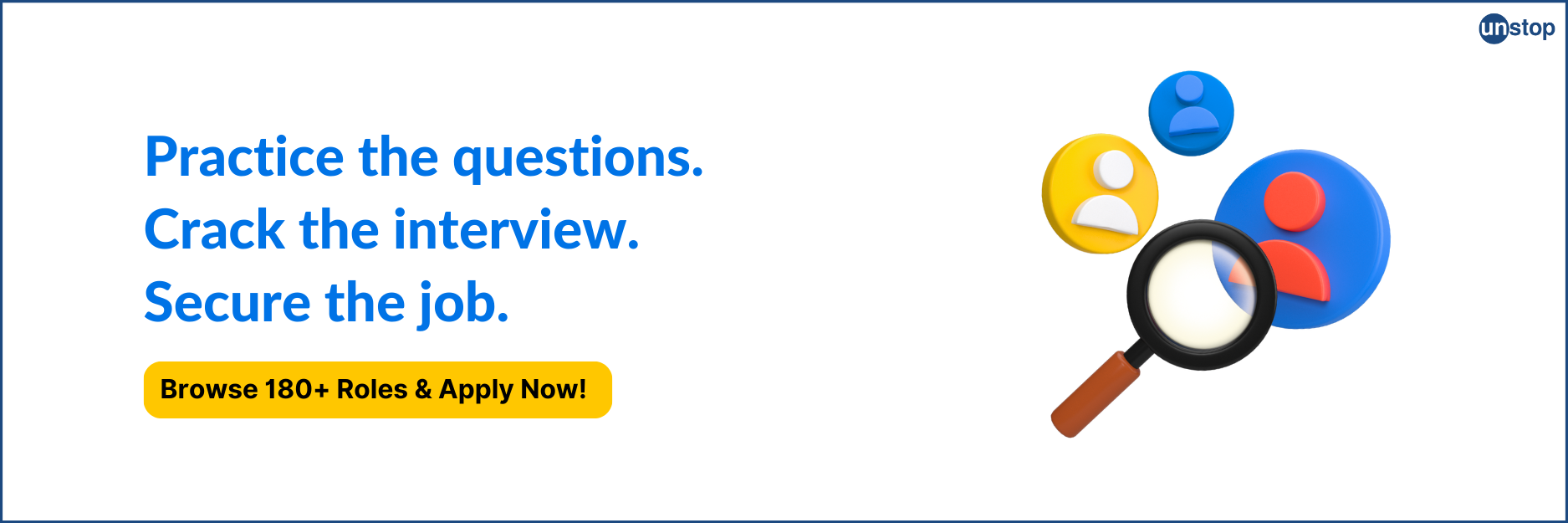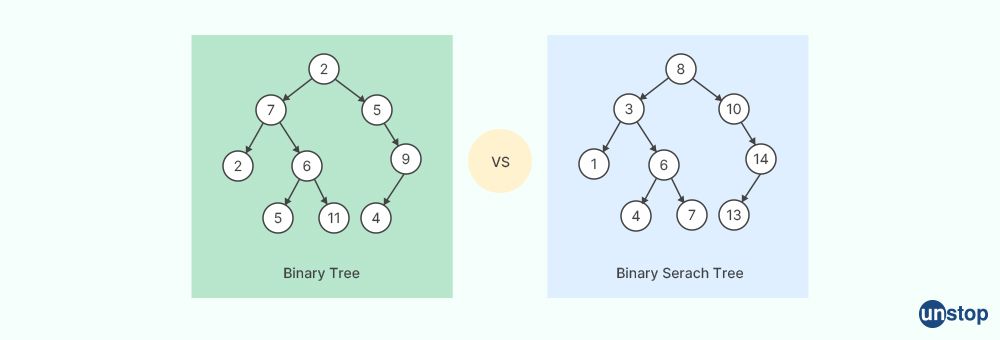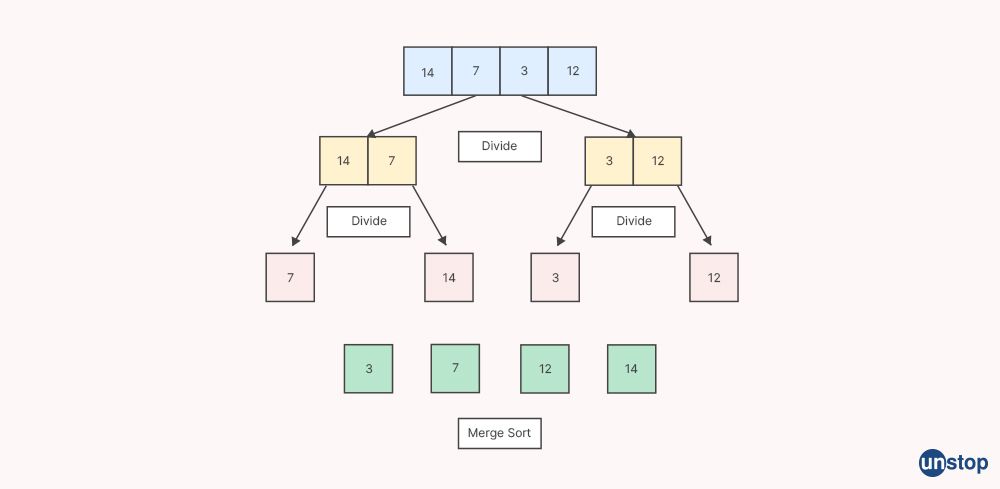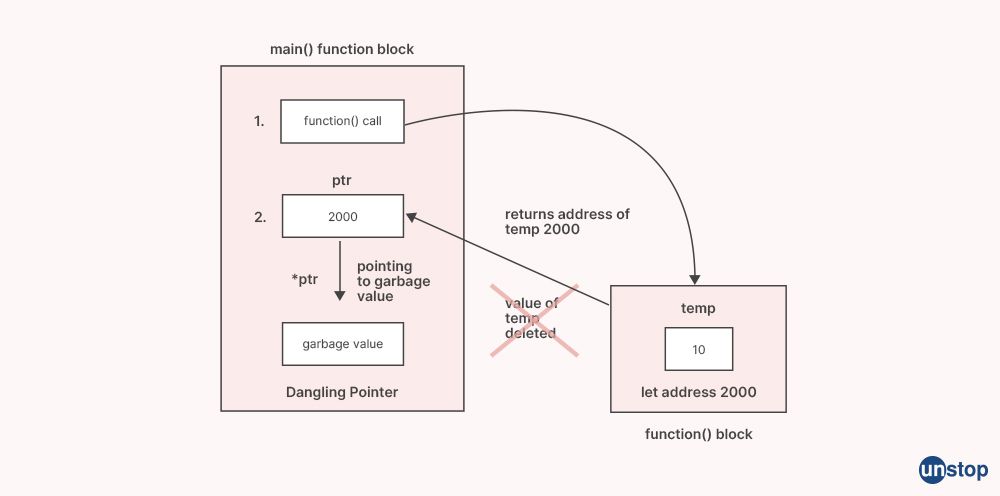PwC has a properly laid out procedure for its recruitment process. In the recruitment process of PwC, the hiring managers judge the technical knowledge of the job candidate. They also check out the analytical ability of the job aspirants. The rounds of the interview can vary based on the type of role the job candidate is pursuing in PwC. Before finding out the intricate details of the PwC hiring process, let us check out the eligibility criteria for the job candidates.
Eligibility for Freshers
- The candidate should not have any arrears or active backlogs in the college examinations.
- The candidate should have a score of 60-plus% or 6-plus CGPA throughout the academic career (this cut-off is subject to change as per the company policy).
For almost all roles in PwC, the hiring team has designed a process of mainly 4 rounds:
- Aptitude Round
- Technical Round
- Partner Round
- HR Round

























Comments
Add comment